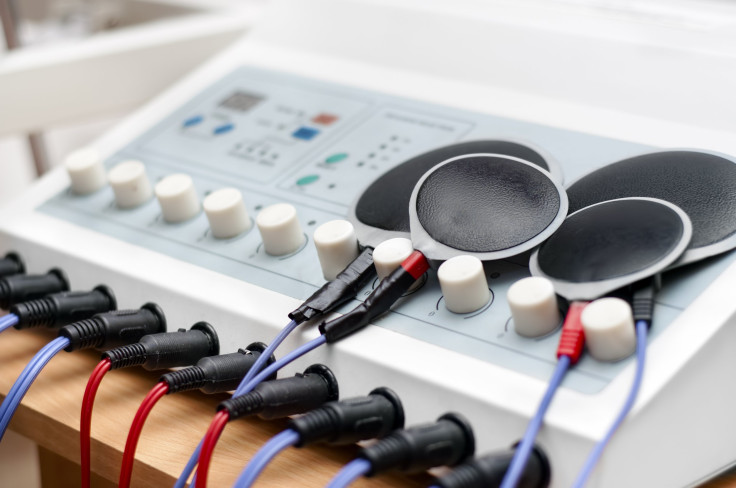FDA Panel Says Shock Therapy Device Should Not Be Used On Disabled Students

The possibility of using electric shock therapy to treat those with developmental disabilities may reach its end this year. An FDA advisory panel recommended Thursday that the FDA should ban the use of a shock device currently used for aversive therapy on aggressive and self-injurious students at the Judge Rotenberg Center (JRC).
According to the Neurological Devices panel, the device inflicts “an unreasonable and substantial risk of illness or injury” on its patients — a risk that far outweighs the device’s benefits for therapy. Aversive therapy is a form of psychological treatment used to train patients to avoid unwanted behavior by associating that behavior with a painful stimulus like an electric shock. The FDA panel based their decision on the available information about the Center and the device, and it added that conducting a clinical study of the device would be unethical. The panel’s recommendation follows a 126-page FDA report issued earlier this week in which former students told investigators that the shock therapy “felt like a thousand bees stinging you in the same place for a few seconds.”
The Judge Rotenberg Center, an educational center in Massachusetts serving children and adults with developmental disabilities and/or behavioral problems, is the only known institution in the United States that conducts aversive therapy with the electrical stimulation devices (ESDs). The Center uses the devices on autistic or developmentally disabled individuals who exhibit harmful behavior either on themselves or on others. The particular ESD used by the Center is called a Graduated Electronic Decelerator (GED) and delivers shocks to the arms and legs.
Though the majority of the panel said no to use of the devices, the rejection was not completely unanimous as some noted the benefits of the devices for patients who don’t respond to alternative drug or behavioral treatment, and relied on the shock device therapy as a last resort.
In a statement, the Rotenberg Center defended the use of the devices, saying that beyond a “hard pinch,” the devices are “harmless” and deliver no side effects.
"Without the treatment program at JRC, these children and adults would be condemned to lives of pain by self-inflicted mutilation, psychotropic drugs, isolation, restraint and institutionalization — or even death," the Center’s statement said. JRC's goal is to treat patients so that "they can learn and spend time with their family and friends." The Center also said that they obtain parental consent or authorization from a Massachusetts court before delivering the shock treatments.
The FDA has approved four electrical stimulation devices for marketing in the United States: three of which received approval from 1967 to 1987 and are believed by the FDA to no longer be in use. The last was manufactured by JRC and cleared in 1994. JRC has since updated the device, but these updates were not cleared by the FDA, fueling more reasons for investigation. According to the FDA, the updated device "has an average output current that is almost three times that" of its earliest version.
JRC has a history of controversy, having been investigated twice by the United Nations and by state authorities in New York and Massachusetts. A video released in 2012 showed former Rotenberg student Andre McCollins restrained and shocked for several hours.
Shock treatment is also known as electroconvulsive therapy, and according to the Mayo Clinic, has benefits for people with severe mental health problems. The FDA is currently reviewing the report and the recommendations of its panel.



























